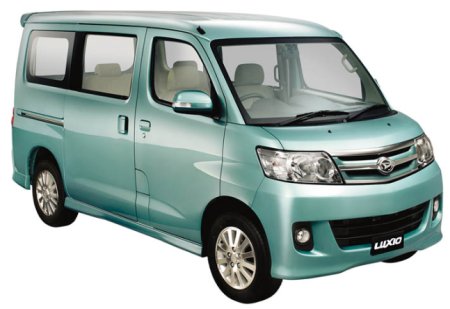
Daihatsu Motor Co Ltd has launched the new Daihatsu Luxio in Indonesia. While the Toyota Passo Sette/Daihatsu Boon Luminas could be considered a baby Wish of sorts, the Luxio is a baby Alphard, and unlike the Passo Sette offers dual sliding rear doors. This vehicle used to go by the “Daihatu Stylo” codename while still under development, but later the Luxio name was picked and finalised.
Under the hood is the often-used 3SZ-VE 1.5 litre DOHC VVT-i cast-iron block engine producing 109 PS at 6,000rpm and 141Nm of torque at 4,400rpm, available with either a 5-speed manual or a 4-speed automatic. While offering similiar power outputs to the 1NZ-FE in the Vios, does not have the NZ-series engine’s aluminium block. The Luxio uses a MacPherson strut suspension at the front and a 5-link rigid axle at the rear. The body is said to be built on a monocoque chassis. It is 4,165mm long, 1,665mm wide, 1,915mm tall, has 180mm ground clearance and a turning circle of 5.2 meters.
If you feel you’ve seen this before I don’t blame you. It is essentially a Daihatsu Gran Max converted to a more passenger-friendly equipment level and design, squarely targeted to those who prefer sliding doors and cannot afford a real Alphard. That way it can plug the gaps in the product offering of the Boon Luminas.
Astra Daihatsu Motor targets sales of 1,000 units a month at a price tag of between 136 to 165 million rupiah, which is approximately between RM42k to RM51k for 4 spec levels ranging from the D, M, X, and X automatic.
If you were in the market for a Perodua MPV, would you rather they base it on the Passo Sette/Boon Luminas or this new Luxio? Look after the jump for more pix of the Luxio.
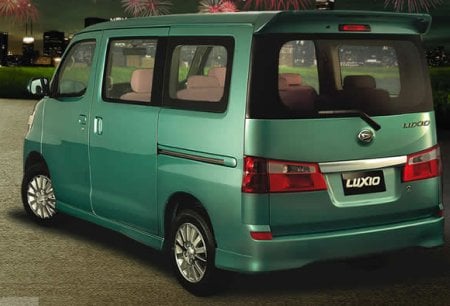
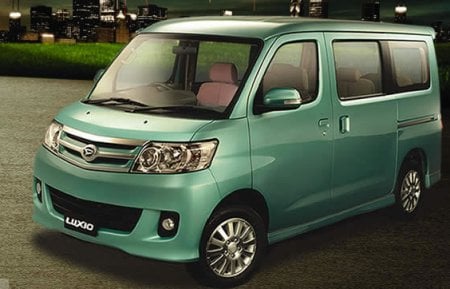
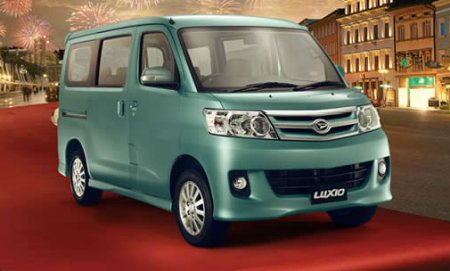
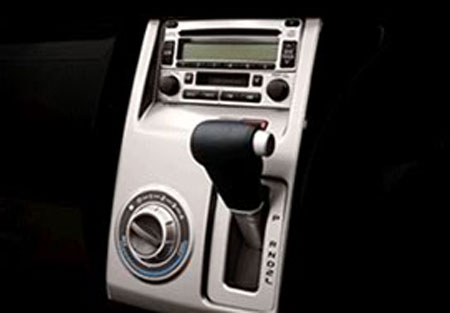
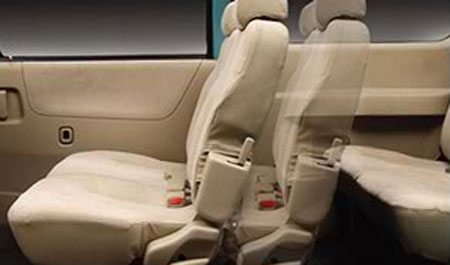
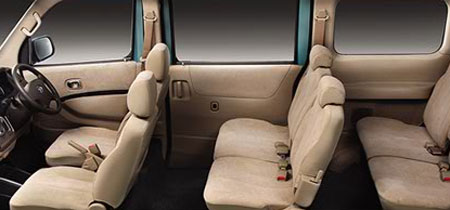
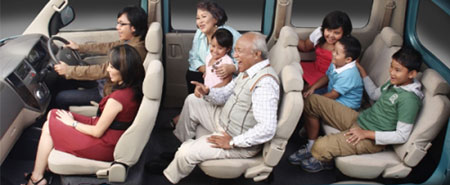
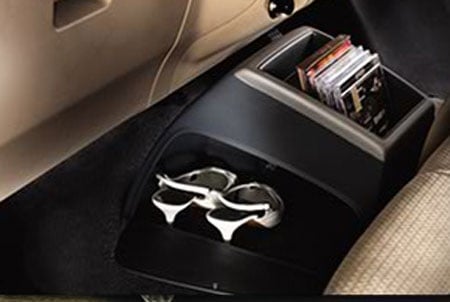
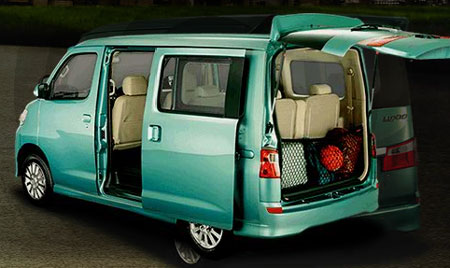
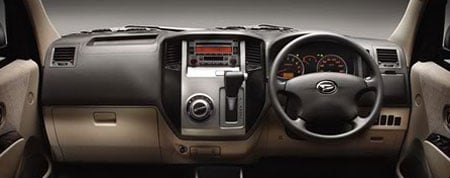
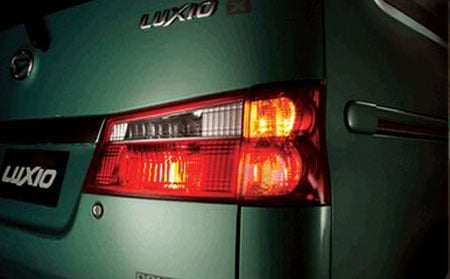
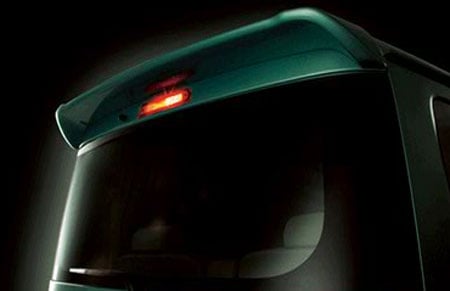
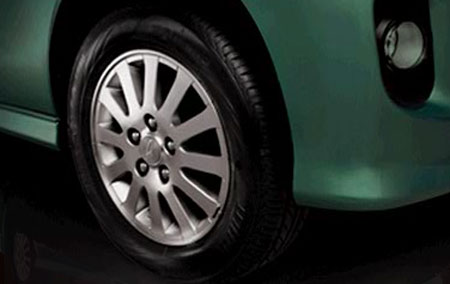
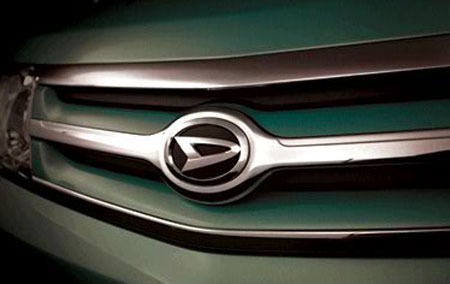
Looking to sell your car? Sell it with Carro.


AI-generated Summary ✨
Comments mainly praise the Daihatsu Luxio for its practicality, space, and affordability, noting its suitability for business and family use. Many appreciate its design, comparing it to a "Mini Alphard," and highlight its interior quality and fuel economy. However, there are negative opinions about its aesthetics, with some calling it ugly or boxy, and criticisms about the design resembling other models like Juara or ERV. A few commenters speculate that if sold by manufacturers like Toyota or Proton, the perception might be more positive. There are discussions about potential rebadging for the Malaysian market, with skepticism about its commercial appeal and sale prospects, especially if priced above RM50k. Overall, opinions vary between admiration for its practicality and criticism of its looks.